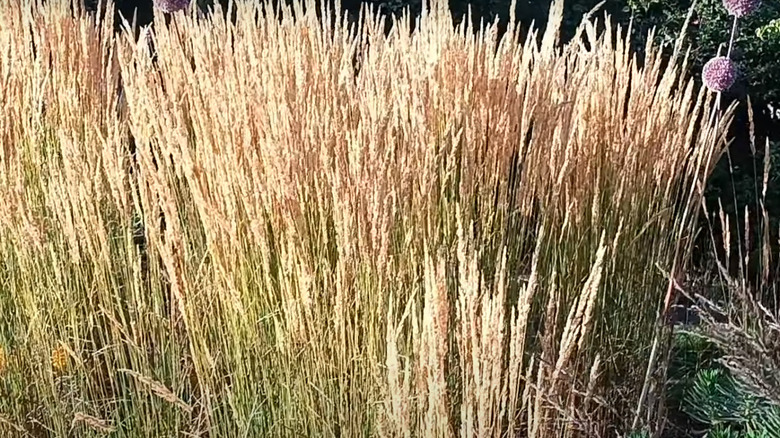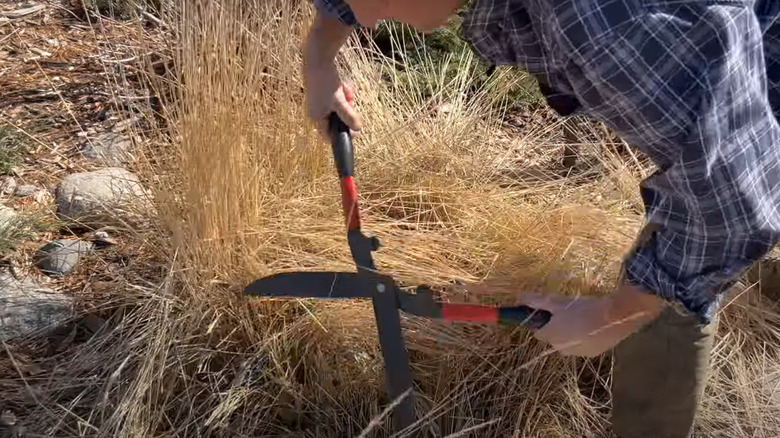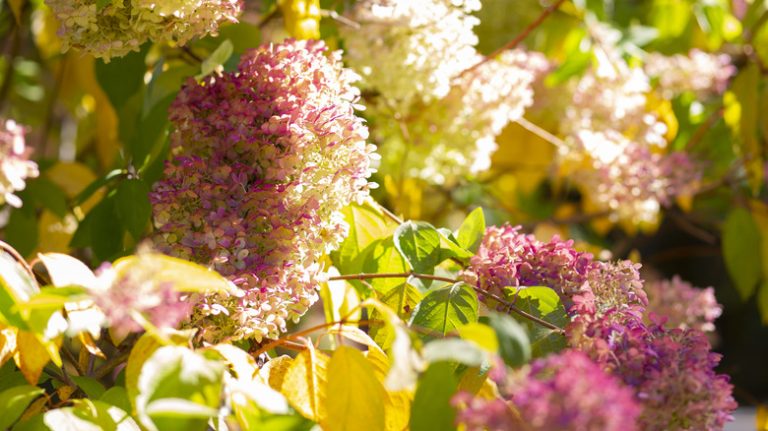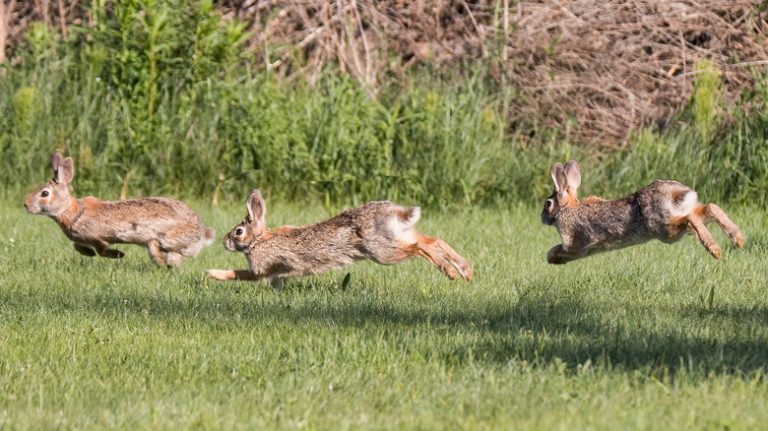Calamagrostis × acutiflora ‘Karl Foerster,’ a hybrid feather reed grass, has certainly upped the stakes in allegorical turf wars that most gardeners wage against their neighbors. Topping off their 3-foot-tall, deep green, narrow clumps with 5-foot-tall stalks of pink-lavender flowers that bloom all summer long, they work as specimens, screens, or mass plantings. But watching these ornamental grasses assume their regal glory is a distant dream if you make the mistake of planting them on the wrong site. Karl Foerster grasses enjoy full sun and evenly moist, well-draining, fertile soils. Deprive them off either, and you’ll end up with lackluster blades and fewer blooms.
Moreover, you shouldn’t mow these cool-season grasses pre-winter, as unlike their cousins, they offer winter interest that beautifully breaks the monotony of the otherwise barren, snowy blanket. Another mistake you can’t afford is not to divide these swards, or the foliage will appear leggy and unsightly. This comes in handy because, being a hybrid variety, Karl Foerster grasses produce sterile seeds.
Not fulfilling sun and water requirements

Up At Grassy Bottom/YouTube
Hardy in zones 4a to 9b, Karl Foerster grasses demand at least six hours of direct sunlight to showcase their lush green hues that persist year-long in mild climates but turn bronze in cooler areas. Moreover, the glistening sun drapes their blond seedheads in dramatic halos, brightening your yard manifolds. Although these decorative grasses can endure some shade and may even prefer so in southern states during peak summer, going overboard can turn their foliage and plumes flaccid and stunted. Hence, sticking to a full (or partial) sun-receiving spot is best.
Although Karl Foerster grasses are marketed as fairly drought-tolerant, this isn’t true when they’re newly transplanted. Unless it rains, they must be watered weekly to foster strong root establishment in their first planting year. To know if your grasses need hydration, dig your finger 2 inches deep in the topsoil; water if it’s dry to touch. Avoid overhead irrigation, as wet foliage is an open invitation to rust-causing fungus that will leave your leaves mottled in ugly yellow, brown, or orange spots. However, soaking these deer-resistant grasses periodically is necessary after establishment, as moisture supplies determine how tall they grow. Remember, they’d rather sit in wet or brackish soil than be deprived of water.
Not fertilizing, cutting too soon, and not dividing

Garden Hike/YouTube
While Karl Foerster grasses aren’t fussy about their soils or pH levels (as long as they drain well), they aren’t as forgiving if they lack nutrients. Infertile soils can severely impede your tuft’s growth, so apply a slow-release, balanced fertilizer in early spring to augment growth. If not, at least amend the planting site with compost annually. Further, Karl Foerster grass’s biggest appeal lies in its ability to enhance your garden’s aesthetic appeal through all four seasons, explaining its “four-season plant” moniker. So, cutting them down prematurely is a huge travesty since you deprive your garden of the long-standing blooms that, despite having turned tan, are ornamental.
Push all pruning to winter’s end or early spring, right before new shoots sprout. Cut the early-blooming grasses down to 6 inches above ground. Finally, as reed grasses are prone to thinning, discoloring, and dying from the inside out (starting at the center), they should be divided every 4 to 5 years in early spring, when they grow vigorously. While dividing them in the fall is an option, it can cause the clumps to heave out when exposed to constant freeze-thaw cycles. The separated clumps can later be replanted to grow new grasses.



